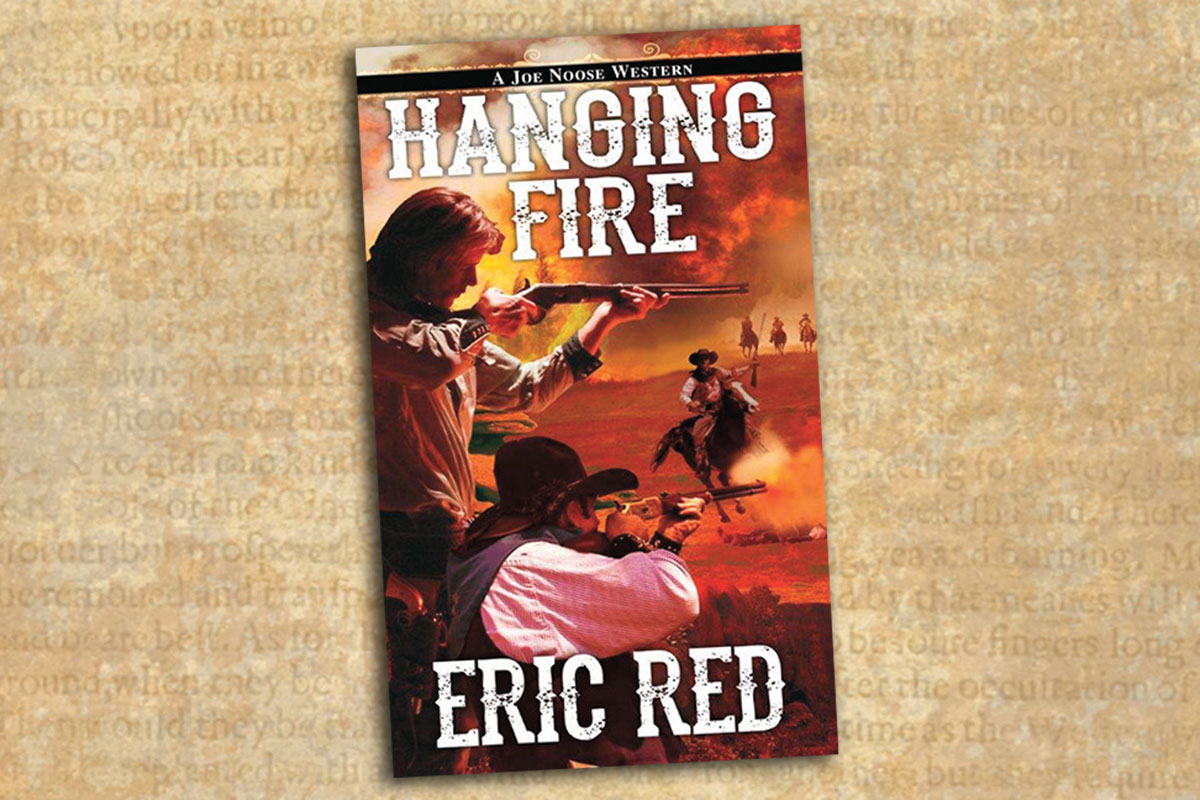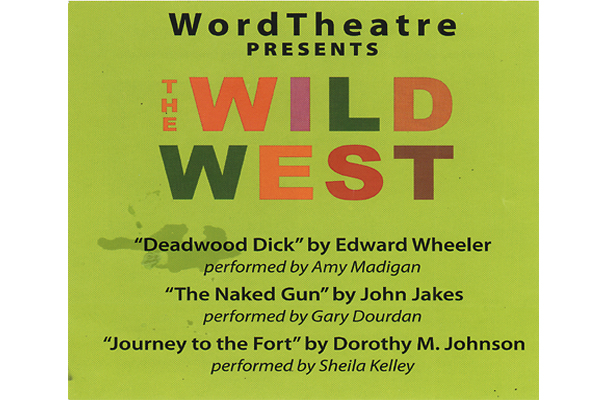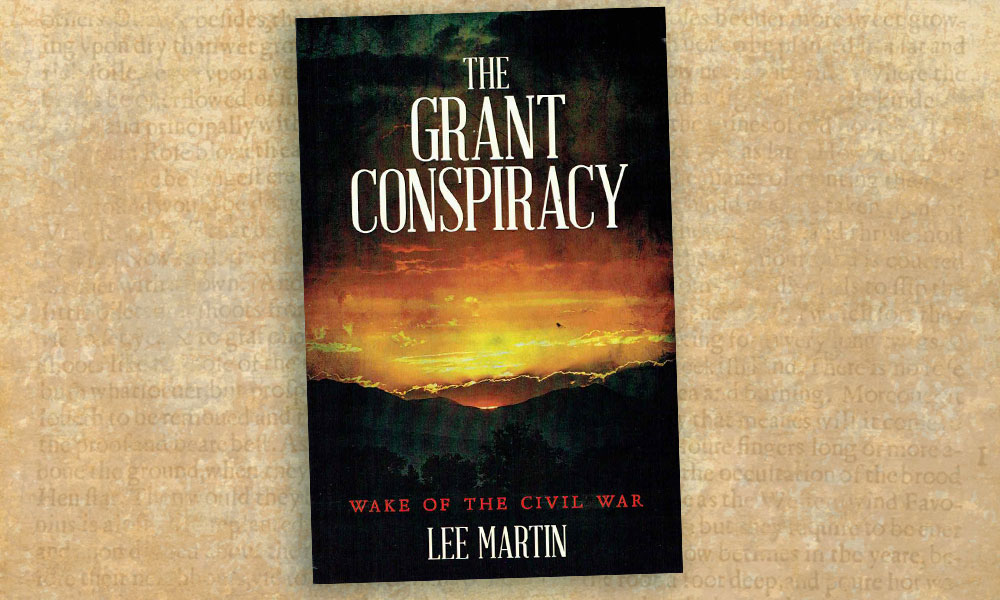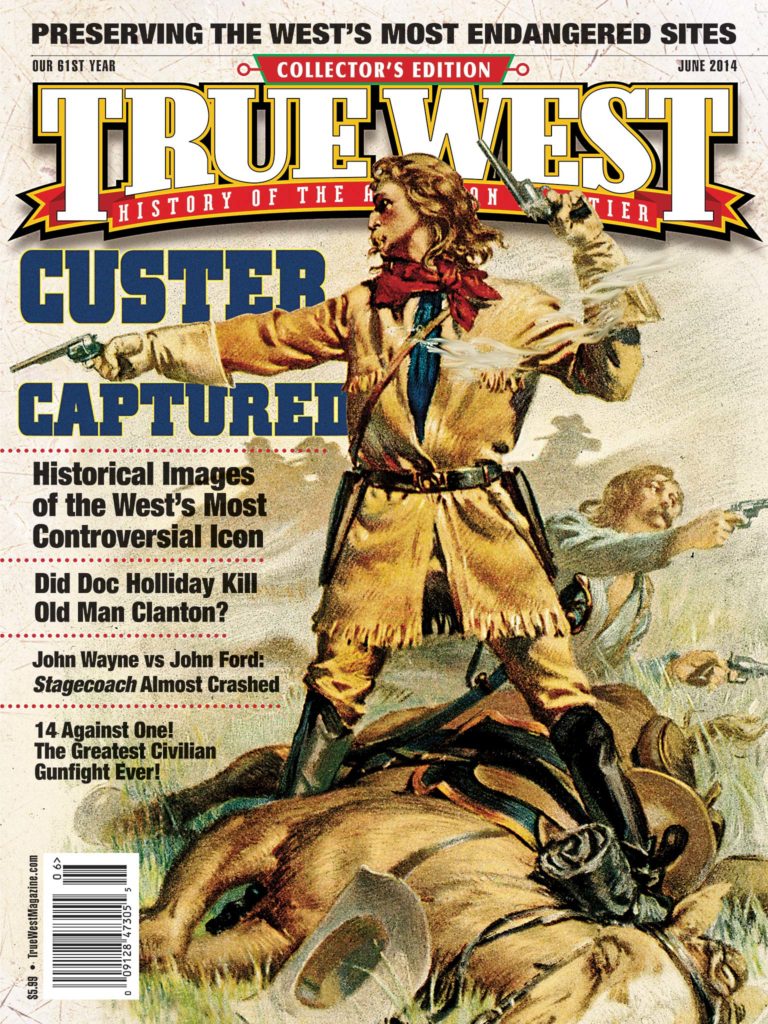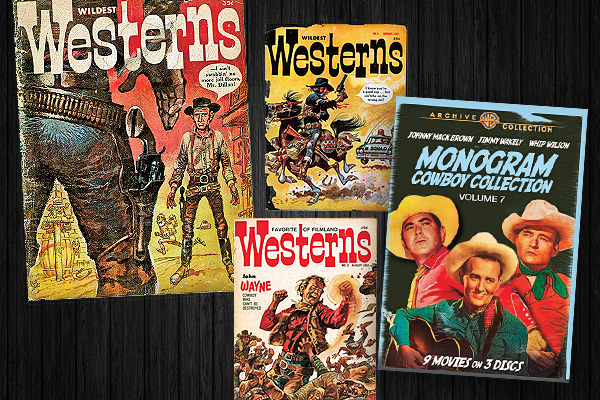 In the 1960s, James Warren and Forrest J. Ackerman’s Famous Monsters of Filmland was such a runaway success, covering old and new Horror movies, the demand for another magazine was immediate. Drugstore racks were heavy with monsters for kids, but Warren wanted an adult readership, and they were watching Westerns.
In the 1960s, James Warren and Forrest J. Ackerman’s Famous Monsters of Filmland was such a runaway success, covering old and new Horror movies, the demand for another magazine was immediate. Drugstore racks were heavy with monsters for kids, but Warren wanted an adult readership, and they were watching Westerns.
John Wayne was marching into another decade in the top 10 at the box office, thanks to The Horse Soldiers and North to Alaska, while Robert Mitchum, James Stewart, Kirk Douglas, Richard Widmark and Burt Lancaster were all hitting the saddle in studio Westerns, scoring hits.
The “new kids,” Steve McQueen, Paul Newman, James Garner and even Elvis Presley, were also hitting the trail. In the not-too-distant future, the lanky costar of Rawhide, Clint Eastwood, would travel to Spain to make the little movie that would change Westerns forever.
Hopalong Cassidy, Roy Rogers and Gene Autry were still part of children’s after-school afternoons, while Mom and Dad had their choice of more than 20 prime-time Westerns, including The Tall Man, Empire, The Rifleman, Maverick, Cheyenne, Death Valley Days, Bonanza and the iconic Gunsmoke.
Westerns were thriving in comic books and newspaper strips, with Marvel’s Kid Colt Outlaw and Rawhide Kid shooting it out with more serious titles featuring characters who included DC’s Firehair. That’s a lot of cowboys, as well as a lot of horse crap to pile through, so how could a
magazine aimed for the same audience set itself apart?
From the start, Warren and editor Harvey Kurtzman put their foot right in the pile. Kurtzman was a veteran of Mad magazine and a cartoon genius of the first rank. Who better to devise an offbeat, comedic look at Westerns? No one could do it better. The problem was it probably shouldn’t have been done at all.
The cover of the first Favorite Westerns of Filmland is staggeringly awful: Richard Boone as Paladin, with a bloody bullet hole between his eyes, and a girl asking if he’s hurt. Amazing.
The “funny” balloon over the movie still was a format still in wide use, one that would find TV success in Jay Ward’s Fractured Flickers, where serious silent films were given the jokey treatment. Topps had done it with its Funny Monsters trading cards, but to try and capture Western fans this way was astoundingly wrong-headed; you don’t make fun of our heroes.
The sales on the first issue were cooked and served by the time issue two went to press. Warren and Kurtzman must have felt some fan backlash, since they eased off on the funny, although the second issue did feature a wonderful Jack Davis caricature of John “Duke” Wayne from Red River as its cover. A piece on The Fighting Kentuckian featured silly captions, but a straight story ran on the making of The Alamo, as “Duke’s next.” This stuff was direct from the publicity department, just like the feature on Clint Walker’s exercise routine while shooting Cheyenne.
One of Ackerman’s trademarks in Famous Monsters of Filmland was his use of puns, and a character was created to “host” Favorite Westerns of Filmland, answering reader’s mail, and be a trademark for the magazine a lá Uncle Creepy. Ramuda Charlie was born.
Charlie’s awful “yer darn tootin’” editorial comments are cringe-worthy now, but must have tickled Kurtzman and company. Thankfully, the character became less prominent as Favorite Westerns of Filmland went through major changes.
Davis drew Dennis Weaver as Gunsmoke’s Chester Goode, facing down Matt Dillon, as the cover of issue three, declaring he wasn’t going to be “swabbin’ no more jail floors,” while the magazine declared its new name, Wildest Westerns.
The magazine’s tone was shifting, with the funny dialogue replaced by serious pieces, including “Jesse and Billy, Where Are They Now?” which was among the magazine’s first articles about historical figures.
The third issue showcased behind-the-scenes stills with stuntmen, a look at Cheyenne’s coming season and a profile of B-Western hero Whip Wilson. The “Last Minute Noose” page, about upcoming Westerns, touted that Henry Fonda would appear in more episodes of The Deputy, hinting at a money conflict with NBC. None of this was the usual stuff readers had come to expect from Wildest Westerns, and the next issue would show us why.
Young film journalist Sam Sherman had an abiding interest in B-movies, and his influence is all over the magazine’s fourth issue, the last to feature a cover by the great Davis. It’s a funny oddity; Lee Marvin, in a police car, chases down a cowboy, having wandered over from the set of M Squad.
If the cover was an echo of Kurtzman, the rest of the issue was for the serious Western fan, starting with Sherman’s interview with Buster Crabbe. Readers got on-set pictorials for Yellowstone Kelly and The Command, and a look at Yakima Canutt’s horse training techniques. The magazine had taken a true turn for the better, and issue five would see more improvement.
Basil Gogos, renowned for his amazing cover paintings for Famous Monsters of Filmland, created a portrait of Nick Adams as The Rebel, to accompany a feature on the show, sharing interviews with Adams and Producer and Writer Andrew Fenady. The issue also contained an obituary for Ward Bond.
Like other Warren publications, the back pages of Wildest Westerns were filled with mail order goodies. Although cartoonist Davis did not create any more covers for the magazine, he did produce a series of Western prints of legends who included Jesse James and Dull Knife. The finely rendered drawings came three in a set for the whopping price of $1.49.
Despite new Westerns in the theaters, and TV shows like The Big Valley springing up, Wildest Westerns was failing. Its final issue, number six, was the best yet, with equal doses of nostalgia and current film coverage. The cover was a stunning Gogos portrait of Marlon Brando from One Eyed Jacks, accompanying an article about the film. Other features included detailed Bonanza coverage and pieces on neglected cowboys stars, such as Buddy Roosevelt.
The magazine had hit its stride and its end of the trail. But for a brief time, you could wander into your local candy store and buy Wildest Westerns for 35 cents, its pages filled with heroes, sidekicks, cowgirls and some of the baddest bad men ever known.
C. Courtney Joyner is a screenwriter and director with more than 25 produced movies to his credit. He is the author of The Westerners: Interviews with Actors, Directors and Writers.


